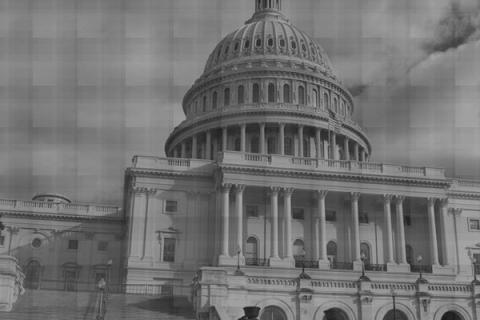This past Tuesday, President Obama signed legislation that is expected to increase access to college for millions of Americans. The student loan overhaul was included as part of the health insurance reform package passed last week by the House and the Senate.
Specifically, the new law eliminates the billions of dollars in fees the federal government pays to private banks to provide loans to college students, loans that the federal government guarantees. The legislation is expected to save over $68 billion over 11 years that would normally have been paid as fees to the banks.
Instead, these dollars will be used to increase Pell grants and to lend to students directly, generating income for the federal government as opposed to the banks. The legislation also will invest more than $2 billion in community colleges over the next four years, as well as career training programs.
In anticipation of the legislation, many colleges and universities have already cut out the banks and moved directly toward lending to students, including UC Irvine. And while this law may not impact those schools as much as others, the move has already generated a saving of almost $20 billion federal dollars that would have been given to the banks.
California Representative George Miller (D-7), the chair of the House Education and Labor committee and strong advocate of this plan, was quoted as saying, “the Treasury is winning every day that somebody takes out a direct loan. The concept is already driving savings to the government."
While it’s too early to tell, the legislation may have been passed just in time to help California’s college students. In November 2009, the University of California approved a 32% tuition hike, and possible increases in tuition for California’s 112 community college system may be just around the corner.
The student loan overhaul may be just what students need to combat the significant increase in their tuition rates next year.
